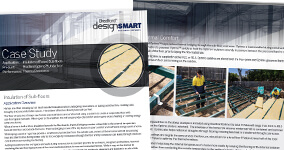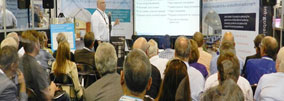Case study - Insulation of Sub-floors
Insulation of Sub-floors
Application Overview
Homes are often missing out on much needed insulation when undergoing renovations or during construction, creating cold, draughty and uncomfortable spaces. The answer often lies directly beneath our feet.
The floor structures of many new homes and extensions are constructed using a system to create a suspended floor with sub-floor space beneath. When open to the weather, this will cause undue discomfort and require excess heating or cooling energy within the home.
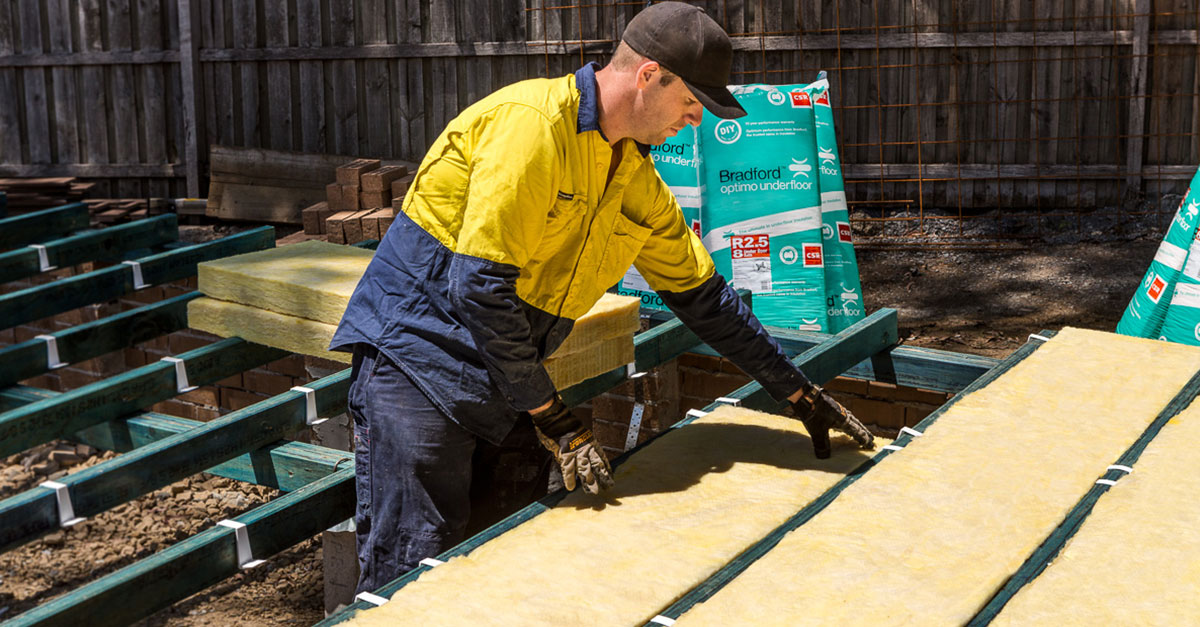
The Solution - Optimo Underfloor Insulation
When a home is built with no insulation beneath the floorboards, thermal bridging creates a direct link to the external temperature beneath the floor and outside the home. Thermal bridging is one of the key factors in poor comfort and inefficient energy use in a home.
While laying carpet or rugs may provide a small level of protection from the outside cold, owners of these homes will still be pumping heat into their homes during winter only for it to escape by conduction through the floor and by convection (air leaks) through cracks in construction surrounding the flooring.
Adding insulation to the roof space and walls during construction is standard practice for architects, designers and builders, however insulating the sub-floor space is one of the most overlooked areas for new and renovated homes. While it may not be obvious to homeowners when considering their new home or renovation, the opportunity for architects, designers and builders is to add a little luxury, comfort and energy savings for their clients through specifying sub-floor insulation.
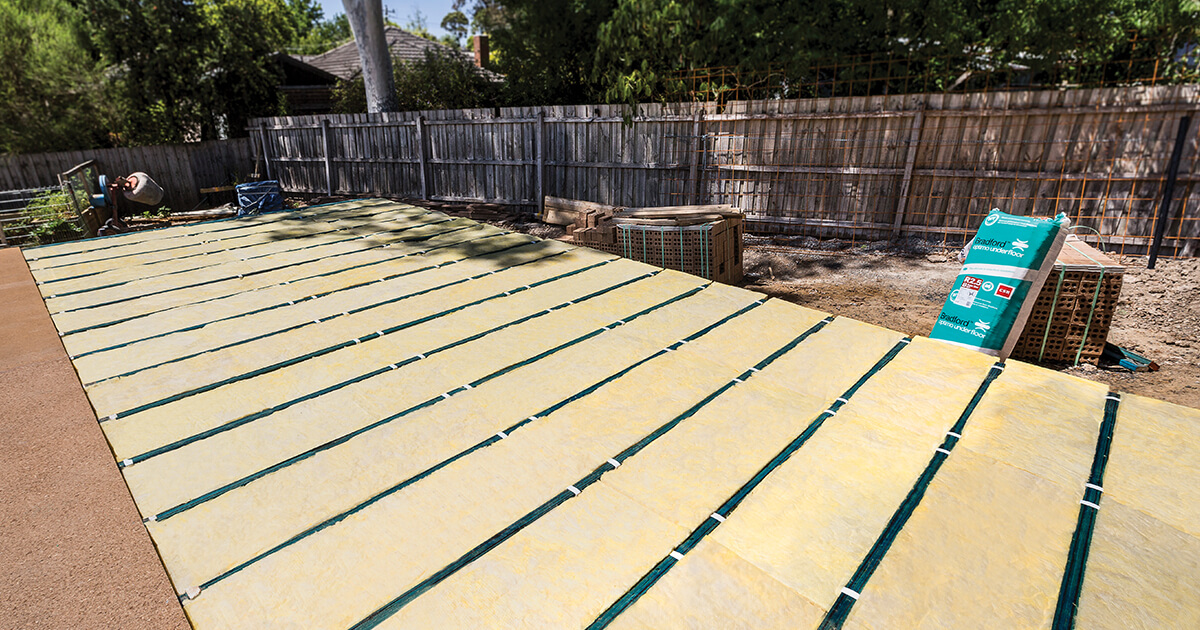
Sub-Floor Insulation Solutions
Sub-floor insulation helps provide a continuous layer of insulation around the entire building envelope. Just because heat rises through convection, this doesn’t mean sub-floor insulation won’t be effective. A bare timber floor on joists with open sub-floor and no insulation will have an effective R-Value of R0.3 (heat flow down by conduction), when carpet is placed on the same floor, the R-Value may reach R0.5. In modern homes external walls are likely to achieve R2.5 while ceilings/roofs achieve a total of R4.5, this means the uninsulated floor can conduct 5 times more heat than the wall and 9 times more heat than the roof/ceiling.
Thermal Comfort
Bradford Optimo™ helps reduce thermal bridging through the sub-floor of a home. Optimo is best installed during construction using Bradford’s patented Optimo™ saddle to hold the Optimo insulation securely in position between the joists and hard to the underside of the floor, prior to laying the floor substrate.
Bradford Optimo is supplied in either R2.1 or R2.5, Optimo saddles are placed over the floor joists and Optimo glasswool batts are placed between floor joists resting on the saddles.
When the carpeted floor in the above example is installed using Bradford Optimo the total R-Value will range from R2.6 to R3.0 (depending on the Optimo product selected). The envelope of the home now ensures winter warmth is contained and summer heat excluded. Optimo also helps reduce air draughts through flooring meaning less heat is transferred through convection.
Considering ceilings are roughly the same area as the floor, you should aim for a total floor R-Value at least half of the total roof/ceiling R-Value to optimise the thermal envelope.
Optimo insulation helps keep the internal temperature of a home more stable by keeping the flooring at the internal ambient temperature rather than conducting the outside temperature to the inside of a home. Optimo also helps reduce air draughts through the floor and perimeter.
If you’re designing or planning a new home with raised floors, ensure you specify Bradford Optimo to add that extra luxury, comfort and energy savings for your client.
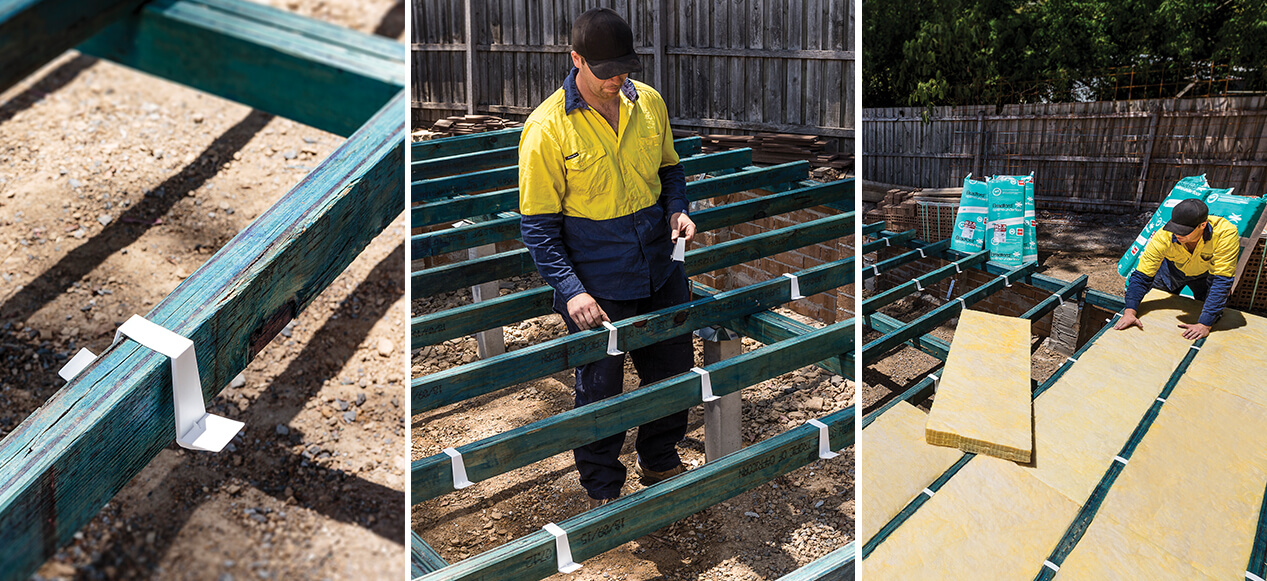
Technical Project Support
If you require assistance identifying how best to apply Optimo for any of your projects, Bradford’s DesignSmart team has a wealth of construction experience and utilise industry-leading building science research for acoustic, thermal and fire performance. As the experts in building insulation they can assist with:
- project-specific support – system selection
- value engineering challenges
- specification documentation
- system design detailing
- product installation and certification
Call the DesignSmart team on 1800 354 044 or visit our Technical Project Support page.
Publication: 4/10/2018
Information is based on the version of the National Construction Code (NCC) which was current at the time of publication. There may be changes in subsequent versions of the code which mean parts of this case study no longer apply.
Whilst every precaution has been taken to ensure that the content in this case study is both current and accurate at time of publication, CSR is not responsible or liable for any errors, omissions or for any consequences arising from the use of this case study. The information in the case study is general in nature and has solely been prepared for marketing purposes and should not be interpreted as specific advice for a project or product application. In all cases, the reader should seek professional, project specific advice prior to making design or product decisions.



